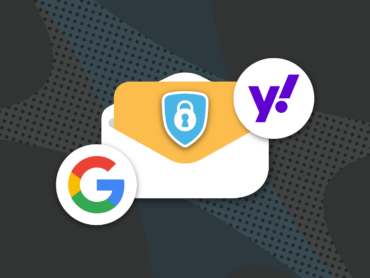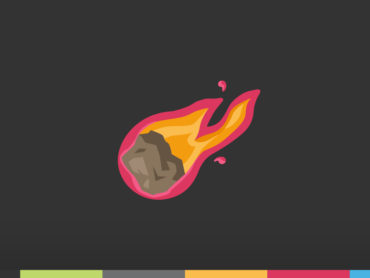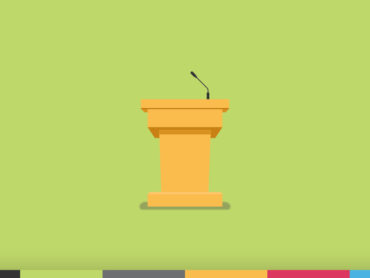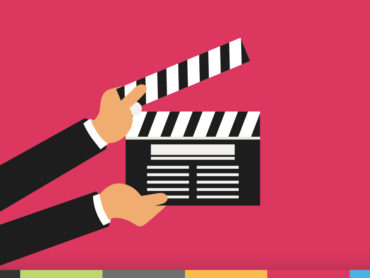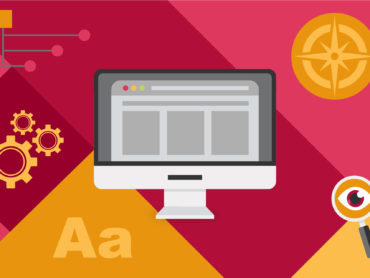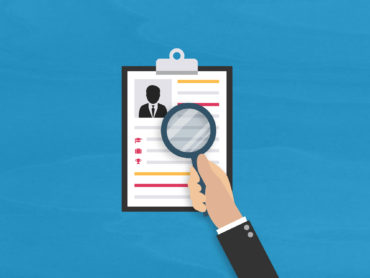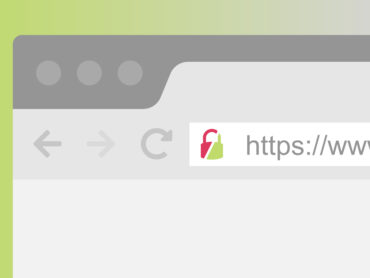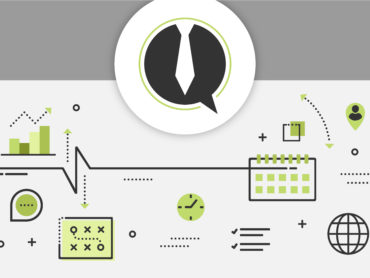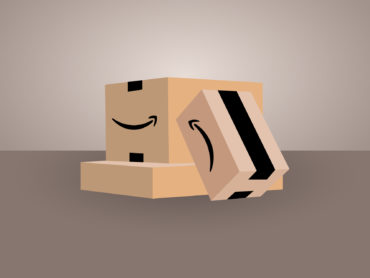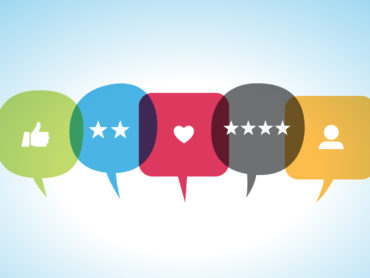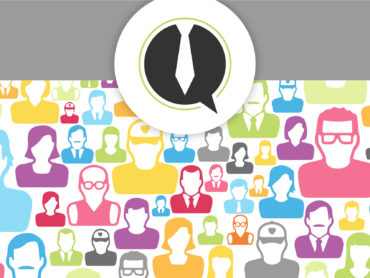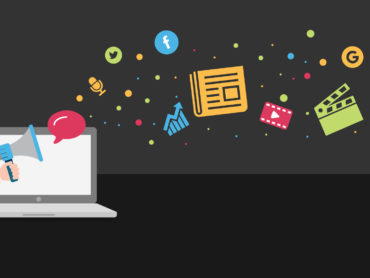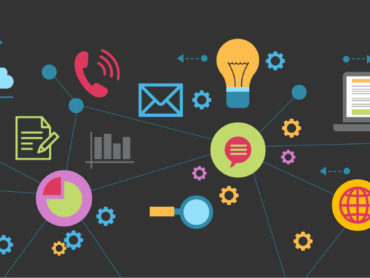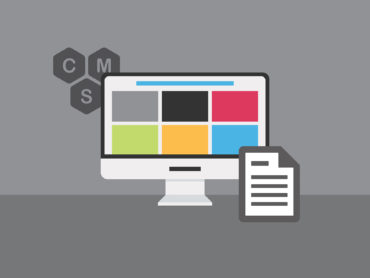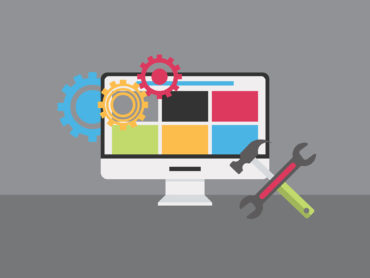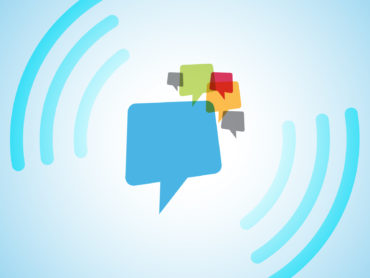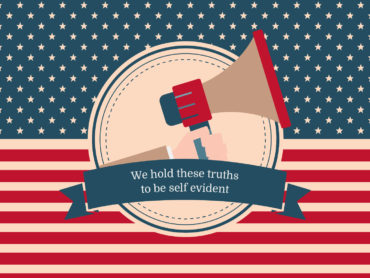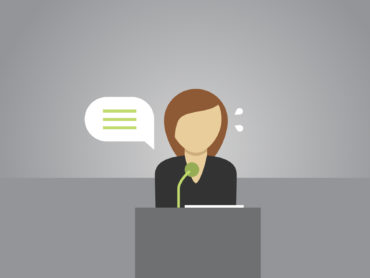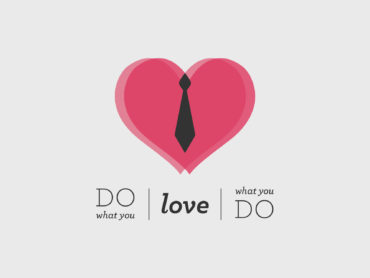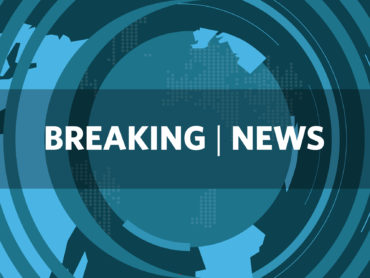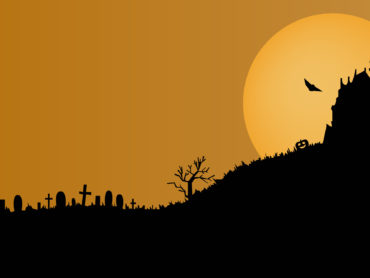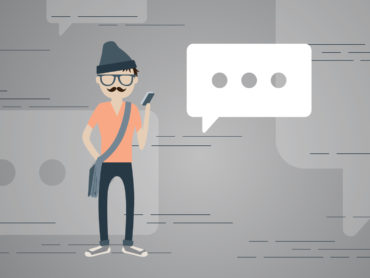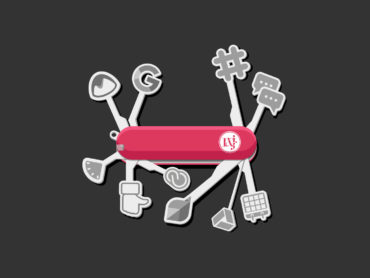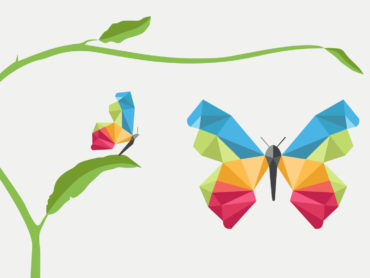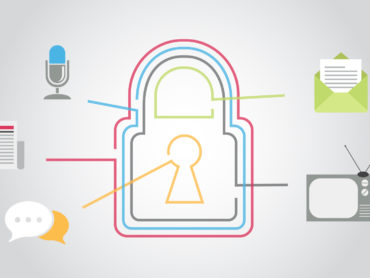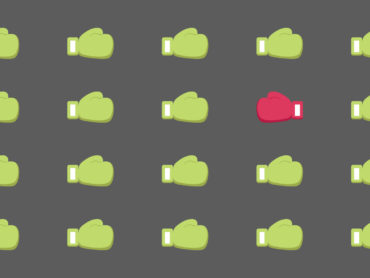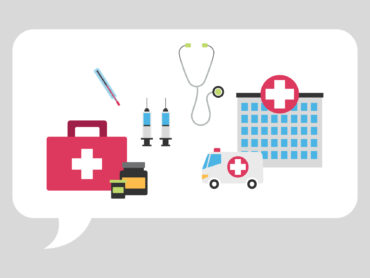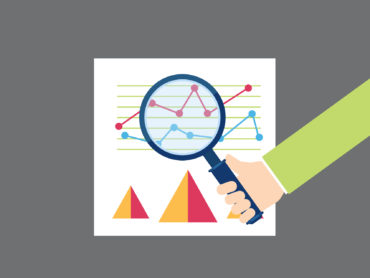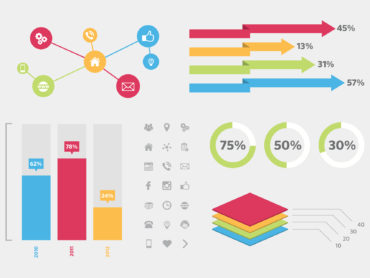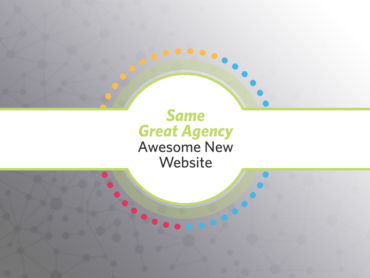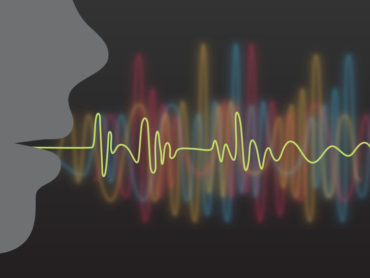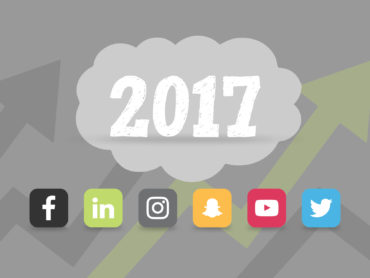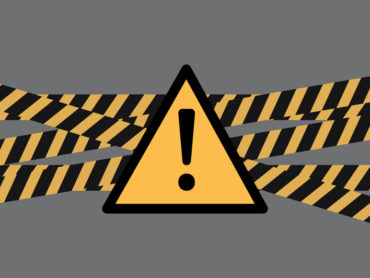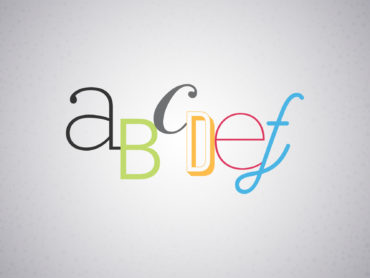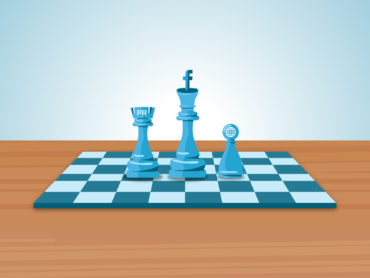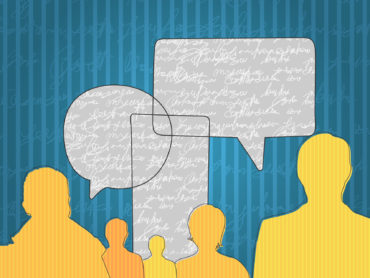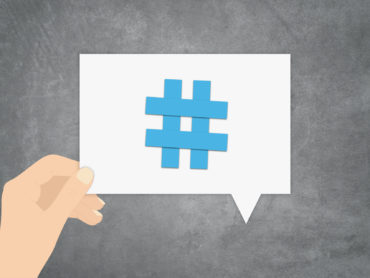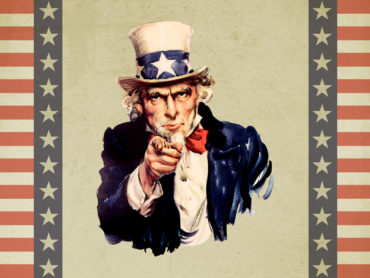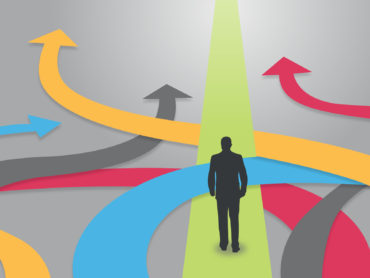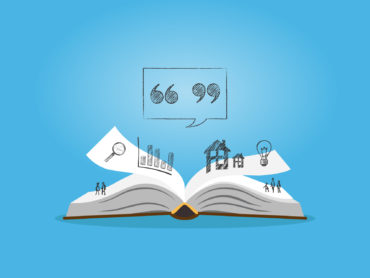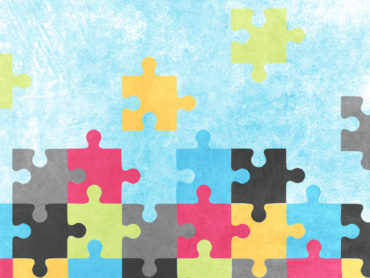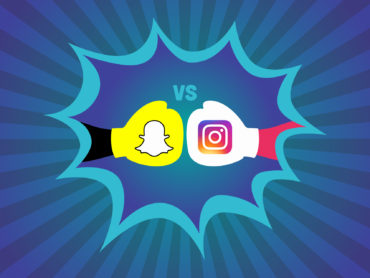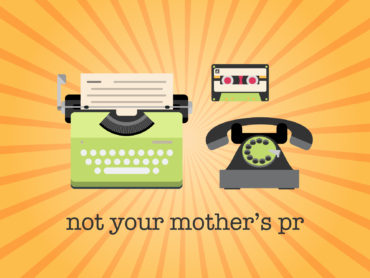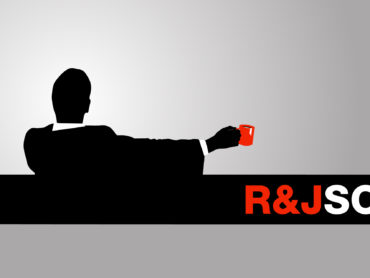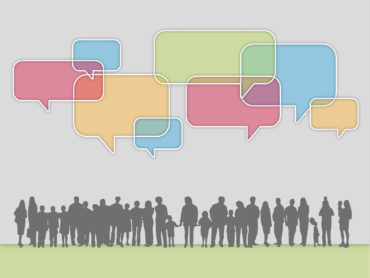Collaborating with Clients
At R&J Strategic Communications, we are fond of saying that what sets us apart from other agencies are the relationships we develop with our clients. Now any savvy agency is going to position itself as capable when it comes to client services. So, it is worth asking, “what makes the team at R&J unique?”
Our approach begins with our deep-dive discovery process. When you sign on with R&J as a new client, our team will interview internal stakeholders about your organization, your industry and the communications problems you are trying to solve.
While the discovery process is comprehensive, it can also be limiting logistically, because we generally interact with only a few key stakeholders devoted to the process. But at R&J, we want to have enough insight into your business that we can make observations to your strategy and methodology.
We don’t simply want to solve your stated problem, we also want to serve in an advisory role, offering strategic advice and innovative solutions that perhaps you haven’t even considered yet. We do so by positioning ourselves not as consultants, but as collaborators.
So, what’s the difference?
The consultation method is described as bringing expert-based knowledge to an organization. The problem with this approach is that, while based on experience, insights from similar client problems, or a deep familiarity with a particular industry, it can also be more generic.
A collaborative approach is based on knowing, being deeply entrenched in a client’s business and understanding their unique challenges. We view ourselves as an extension of your marketing communications department.
We have had remarkable success with this approach, particularly with clients who are invested in the collaborative model. In one recent example, several R&J resources were invited to participate in a new client’s annual sales meeting.
In this case, we were fortunate to be on-boarding the account just as the client was preparing for a 3-day sales kickoff for 2018. They extended an invitation to two members of the R&J team, to really immerse ourselves in the company’s culture and their strategic planning. This had several advantages.
We got to hear from a much larger group of employees, not just the C-Suite executives, and learned a lot from their perspectives working out in the field. And because we were observers at their meeting, in a closed forum, they were candid about their challenges, offering the unvarnished truth.
Being offsite, at a convention center, afforded us the opportunity to really focus, in a way that can be challenging even in a discovery session. In this case, people were away from their desks, and asked to avoid checking e-mail and voice-mail during the event. No one was rushing to get back to their desks and other tasks on their calendars because those distractions had been removed.
And because everyone had traveled for the event, meals and entertainment were scheduled for the group. This allowed us to get to know the team not only as clients, but as people. Being able to develop that rapport over drinks and an evening out helped to foster the sense that the agency are not merely consultants, but a part of the team, with a vested interest in the client’s success.
In fairness, it is not financially or logistically possible to engage with all our clients in this way, but the framework is applicable to any agency client relationship:
- Devote enough time to learning about the client’s unique challenges
- Get insights from as many different employees as possible
- Develop a persona rapport to establish trust
- Encourage clients to be candid
Successful collaboration depends on understanding a client’s unique challenges and truly knowing their business. Starting from this framework is a great start.






